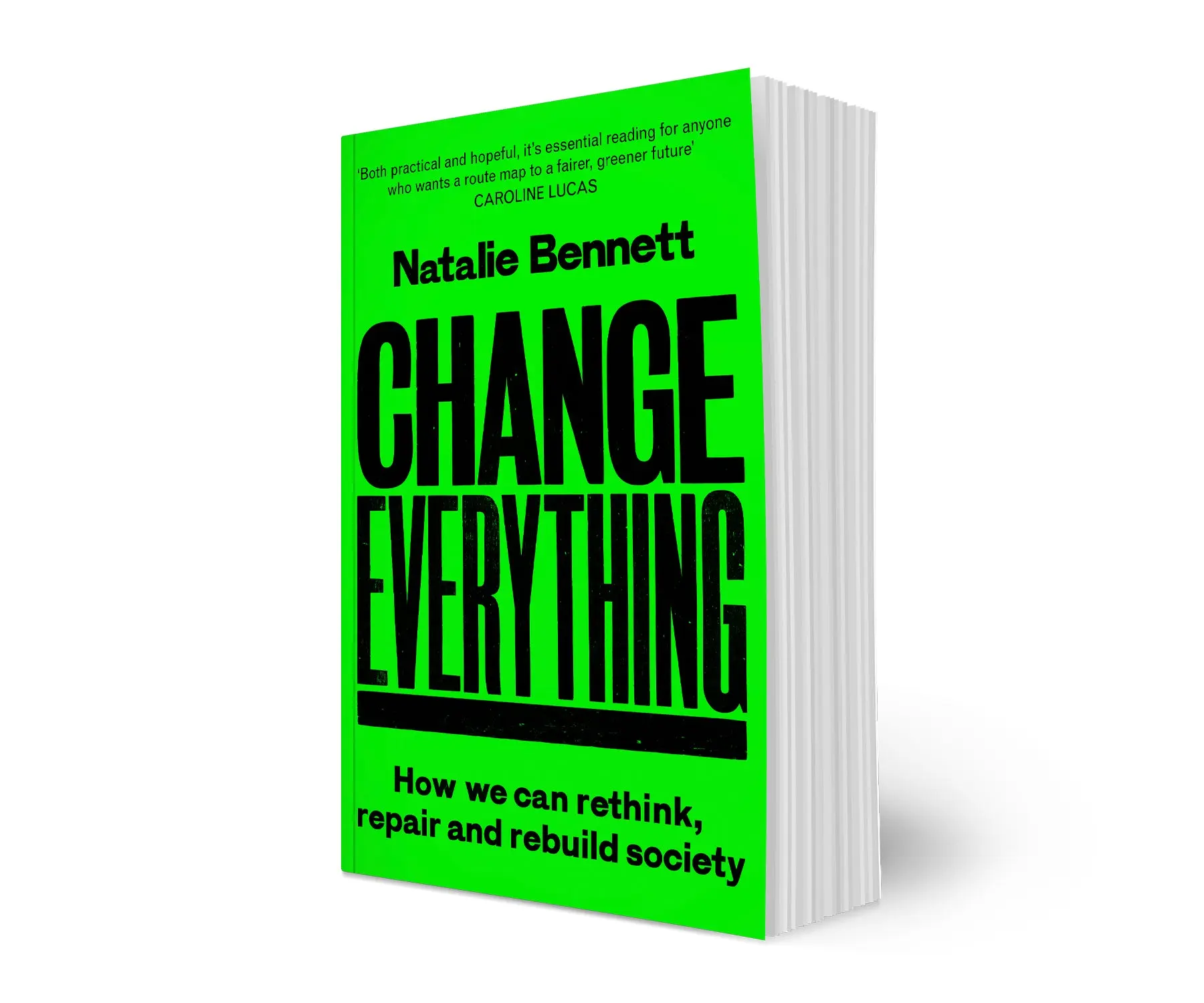Writing this weekend in the Guardian, Kira Cochrane notes a surge in new feminist books, but complains, I think fairly, that “much of it repackages longstanding arguments”. The problem is there are new, radical ideas out there, but they are often wrapped up in much academic argument that fails to reach the mainstream. That’s not necessarily a criticism exactly of their authors – they are writing academic books, the kinds of things that they need to do to keep up in these “publish or perish” days of universities, but it’s frustrating that popular debate keeps retreading the same ground, in part as a result.
Take, for instance, Jo Doezema’s recently published Sex Slaves and Discourse Masters: the Construction of Trafficking. Her basic tale is of two parts: first, she looks at the “white slavery” panics (primarily in Britain and the US) in late Victorian times and extending early into the 20th century. She then looks briefly at the international developments between then and the present, which saw a loss in interest in the issue matched with a dramatic swing in the direction of international agreements, before moving on to a detailed account of the negotiations around the Protocol to Prevent, Suppress and Punish Trafficking in Persons, especially Women and Children, in which she was involved as a sex-worker advocate, in which she finds echoes and shadows of that original white slavery myth. She concludes with a frustratingly brief epilogue that considers ways forward, specifically ways to “reinscribe” the white slavery myth and find more productive ways of looking at women’s (and men’s) involvement in the sex industry than through the simplistic prism of consent.
Much of this is straight account and analysis, but it is also wrapped up in a lot of heavy theoretical weaving about the nature and inter-relationship of myth, narrative and ideology, from Althusser to Zizek, Levi-Strauss to Barthes. I understand why as an academic Doezema would do this (on the right day I can almost enjoy the word-play), but the book I’d rather read from her, based on her studies and experiences, would be rather more focused on the women’s issues, rather than the academic ones.
I’ve heard many sex workers and their advocates speak, and discussed the issues with some in quite some depth, but one of the key practical points I got from this account was just how much sex workers, globally and historically, have found and regarded the state and the police as the problem, not the solution, which helps to explain why the Network of Sex Work Projects, for which the author worked, had real problems in deciding its approach to the Protocol negotiations. They, understandable, didn’t want more regulation, more state and supra-state interferences, since their experiences of that are almost universally negative, but they also wanted to lobby to ensure that the harms were minimised.
From the Victorians onwards, “rescued” sex workers have either had to be beautiful (by definition), naive, frightened young country girls who’ve simply been victimised, or hardened, dissolute, dangerous city women who are simply a threat to society and need to be locked up – no nuances allowed. Doezema writes: “A curious phrase from the inaugural resolution of the New York Female Moral Reform Society, one of the female anti-vice societies, and dedicated to converting prostitutes and closing brothels in New York City, encapsulates this ambivalence. ‘Resolved: That the licentious man is no less guilty than his victim.’ The notion of the ‘guilty victim’, oxymoronic as it may sound to our ears, expresses perfectly how these feminists (and others) struggled to harmonize their moral impulse to condemn a woman’s loss of virtue with sympathy for her fall, as well as a desire to make men share the guilt. ..Certain feminist desires to protect vulnerable girls – primarily working-class and immigrant girls – took shape through a disciplinary desire to control ‘wild’ tendencies.” (p. 99)
The drive to eliminate “vice” was, as Doezema’s historical account shows, closely related to broader campaigns for “moral reform”. William Coote in Britain in 1911 set up the National Vigilance Association, which campaigned on an aggressive attack on the sexual behaviour of young people. The drive against “white slavery” was a powerful legitimising and recruiting device, even though the increasingly repressive turn eventually led the campaigner Josephine Butler to resign her membership. So drives to tighten controls on female sexual behaviour, and indeed other female freedoms, have gone hand in hand with anti-prostitution drives – and have been very much directed by middle-class “reformers” against the Other – primarily working class, immigrant and those from ethnic minorities. That’s then, and now:
“During the white slavery era, restricting immigration was seen as a solution to the problem. Today’s policies differ little in form or intent. The potential for discrimination in anti-trafficking policies was recognized by the High Commissioner for Human Rights in her note to the Crime Commission: ‘ …anti-trafficking measures have been used in some situations to discriminate against women and other groups in a manner that amounts to a denial of their basic right to leave a country and to migrate legally. … anti-trafficking measures to protect ‘innocent’ women are being used to counter the supposed threat to society posed by ‘bad’ women.”
(p.122)
It’s telling that parallel negotiations saw the Trafficking Protocol being discussed in parallel with the Protocol against Smuggling of Migrants by Land, Sea and Air, which assumes that the knowing subjects it addresses are male – “trafficked women are assumed to be duped victims; while smuggled men are assumed to be knowing agents in their own movement.” And not only are women not granted agency, they are also grouped in with children – both lesser, vulnerable groups that are treated together.
read more »

 About
About